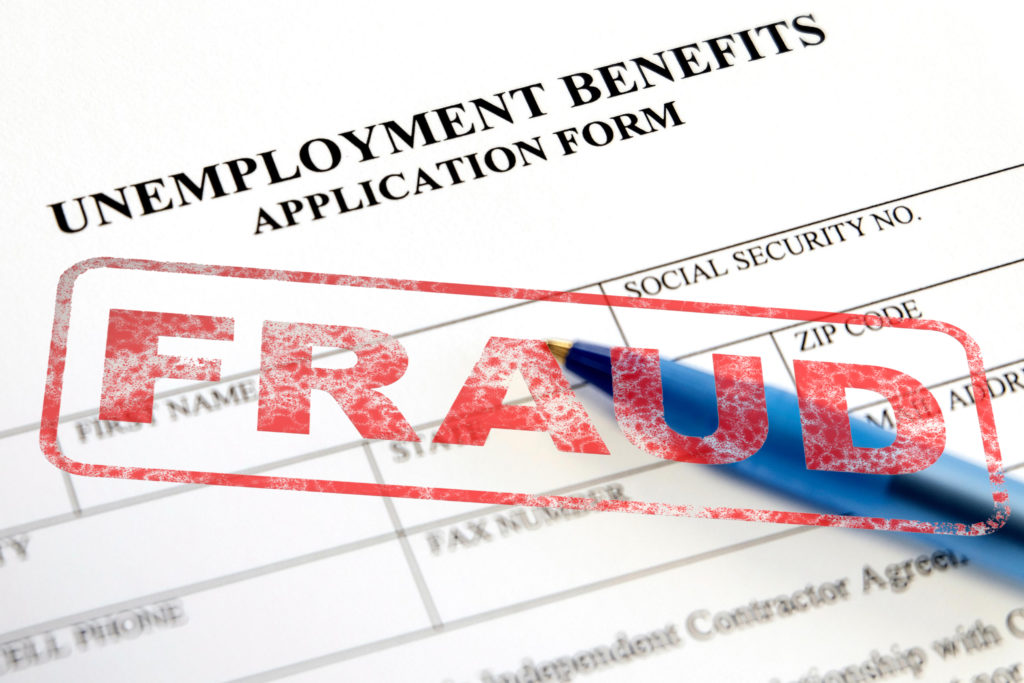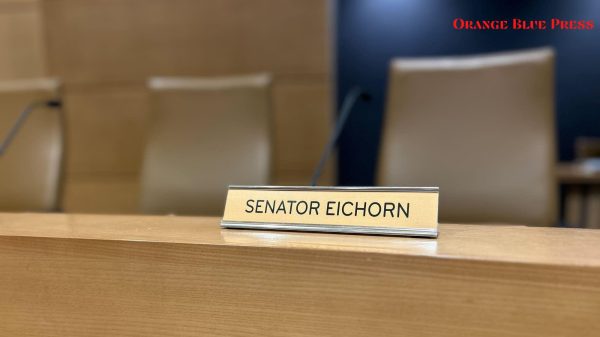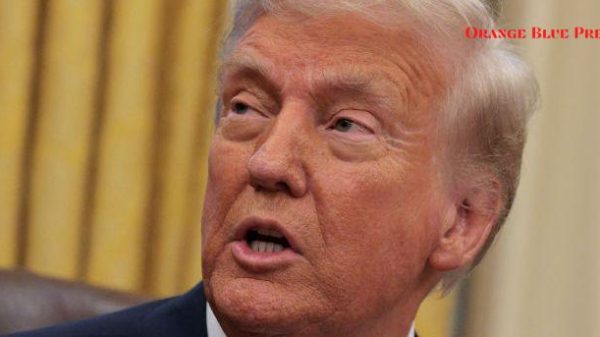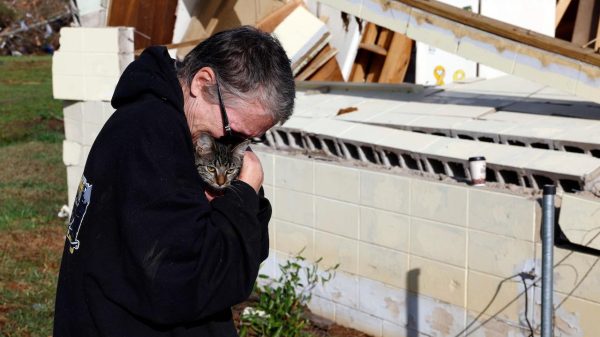
The Cost of Widespread Unemployment Benefits Fraud will Likely Exceed $60 Billion. The House Republican Investigation will Begin Next Week.
According to a report released Monday by the US Government Accountability Office, more than $60 billion in fraudulent unemployment insurance benefits may have been paid out during the Covid-19 pandemic.
However, the watchdog agency cautioned that the estimate had limitations and should be interpreted cautiously. The amount of pandemic unemployment benefits fraud could be “significantly higher.”
According to the GAO, state unemployment agencies have formally determined at least $4.3 billion in unemployment benefits fraud. The US Department of Labor’s Office of Inspector General has identified at least $45 billion in payments for potential fraud. However, this can only be interpreted as part of the full scope of the problem. It continued.
The GAO report offers the most recent information on the numerous schemes to steal funds from various hastily implemented pandemic relief programs.
The committee, chaired by Kentucky Rep. James Comer, asked the Department of Labor, its inspector general’s office, and state labor departments in California, New York, and Pennsylvania for more information about fraudulent jobless benefits claims.
Comer stated that they owe it to Americans to identify that billions of taxpayer dollars spent under the guise of pandemic relief were lost to waste, fraud, abuse, and mismanagement.
The Labor Department stated that it received Comer’s letter and is reviewing it.
An increase in fraud
Fraud in the country’s unemployment system skyrocketed after Congress passed a historic expansion of the program to assist Americans in dealing with the economic crises caused by the Covid-19 pandemic in March 2020. State unemployment agencies were overwhelmed with record numbers of claims and relaxed some requirements to get money to those who had lost their jobs as soon as possible.
States and Congress tightened verification requirements to combat fraud, particularly in a new temporary program that allowed freelancers, gig workers, and others to collect benefits for the first time.
A federal weekly supplement for unemployed Americans was a critical component of the relief effort. From April to July 2020, the unemployed received a weekly pay increase of $600. In late December 2020, Congress resurrected the enhancement but reduced it to $300 per week. That supplement will expire in September 2021, though many Republican-led states and one with a Democratic governor will end it sooner.
In addition, lawmakers enacted two significant measures to assist the unemployed. The Pandemic Unemployment Assistance program paid freelancers, self-employed people, independent contractors, and people affected by the outbreak. In contrast, the Pandemic Emergency Unemployment Compensation program paid those who had exhausted their regular state benefits. These programs will also end in September 2021.
According to GAO data, approximately $878 billion in pandemic unemployment benefits were paid between April 2020 and September 2022.
More work is required.
According to the GAO, the Labor Department has addressed fraud risks, including issuing guidance, providing state funding, and deploying teams to recommend improvements to state unemployment insurance programs. However, the approach was described as “ad hoc” by the office.
The department has yet to develop an anti-fraud strategy based on the GAO’s Fraud Risk Framework and address six recommendations made by the office in October 2021. These include identifying, assessing, and prioritizing risks of unemployment insurance fraud.
Last June, the GAO added the unemployment insurance system to its high-risk list.
The Department of Labor stated that the recommendations would be implemented in 2022. It is also working to create a risk profile for unemployment insurance fraud following the GAO’s framework.
However, the department also stated that it has a strategic plan for ensuring the integrity of unemployment insurance, and many of the strategies address identified fraud risks.
Report of the Inspector General
The estimate in the GAO report is higher than one released in September by the Labor Department’s Office of Inspector General. According to the latter, $45.6 billion in pandemic unemployment benefits may have been fraudulently paid between March 2020 and April 2022 in four high-risk areas.
The inspector general examined payments associated with Social Security numbers of people who filed in multiple states, were deceased, were federal prisoners, or used suspicious email accounts in their claims.
Furthermore, the inspector general’s office stated that the Department of Labor’s Employment and Training Administration, which oversees the unemployment insurance program, had failed to implement previous recommendations to combat fraud in these areas. In response, the department stated that it is “actively and aggressively addressing fraud” in unemployment compensation programs.
The inspector general’s office stated in its semiannual report to Congress in 2021 that at least $87 billion in jobless benefits may have been paid improperly, with a significant portion due to fraud – based on a historical improper payment rate of 10% or higher. However, the office stated that its audits and investigations indicate that the unacceptable payment rate will be much higher than 10%.



















